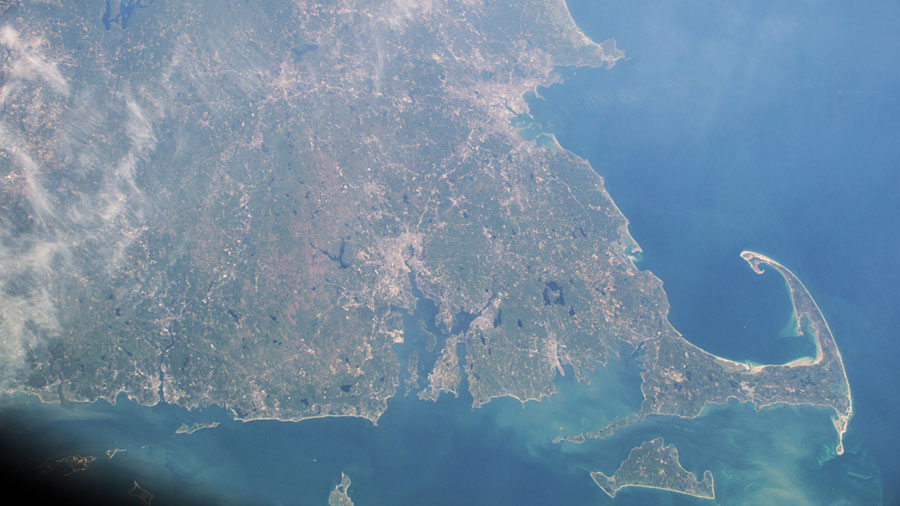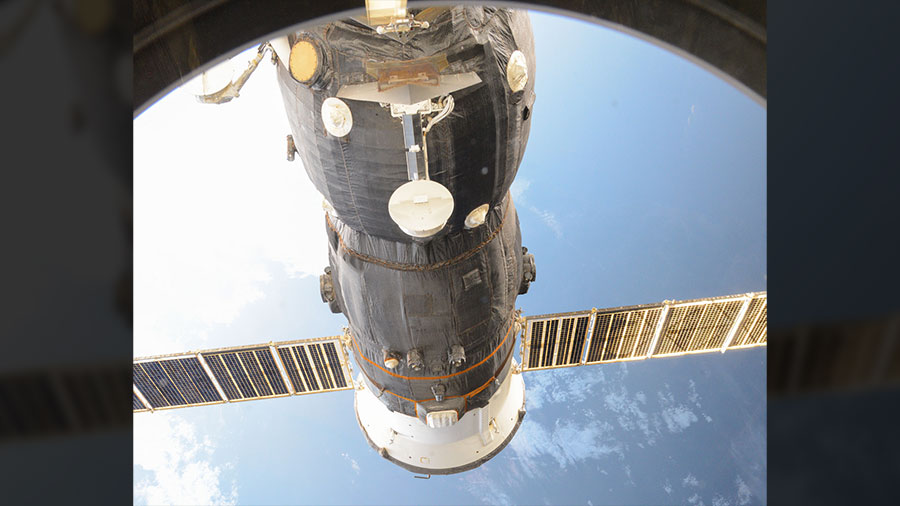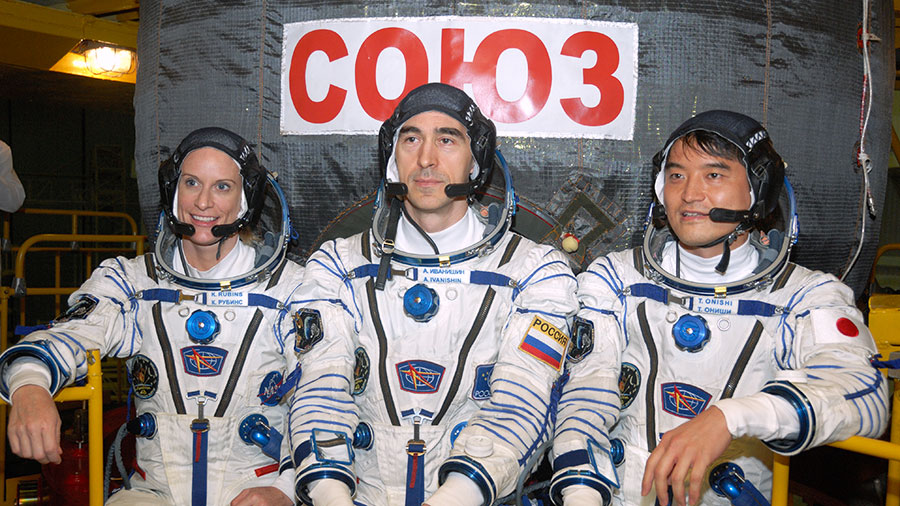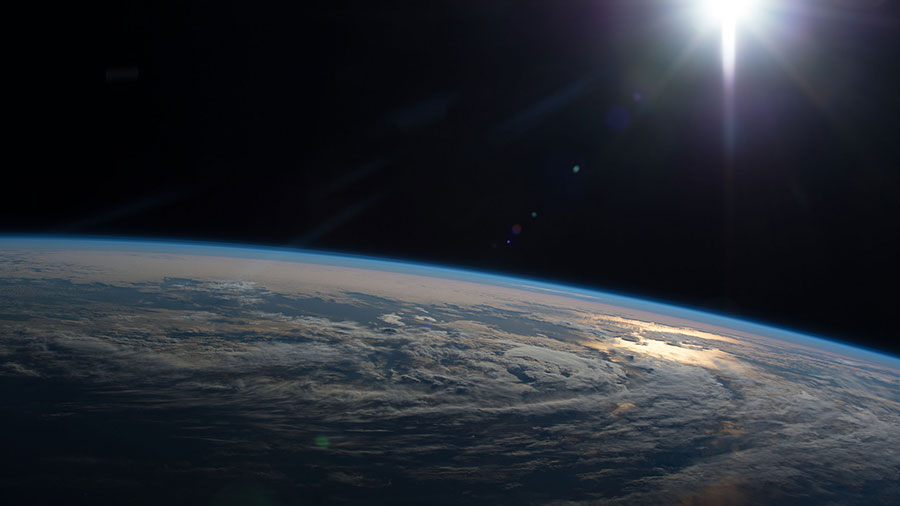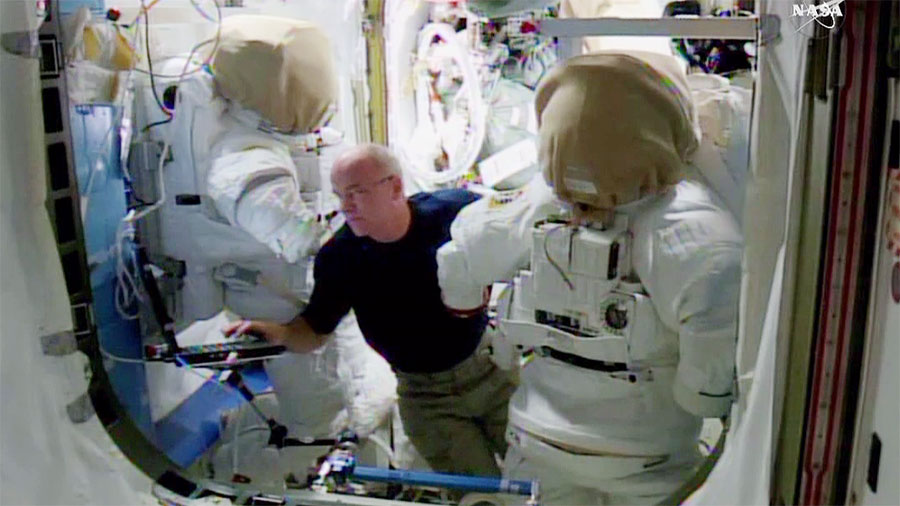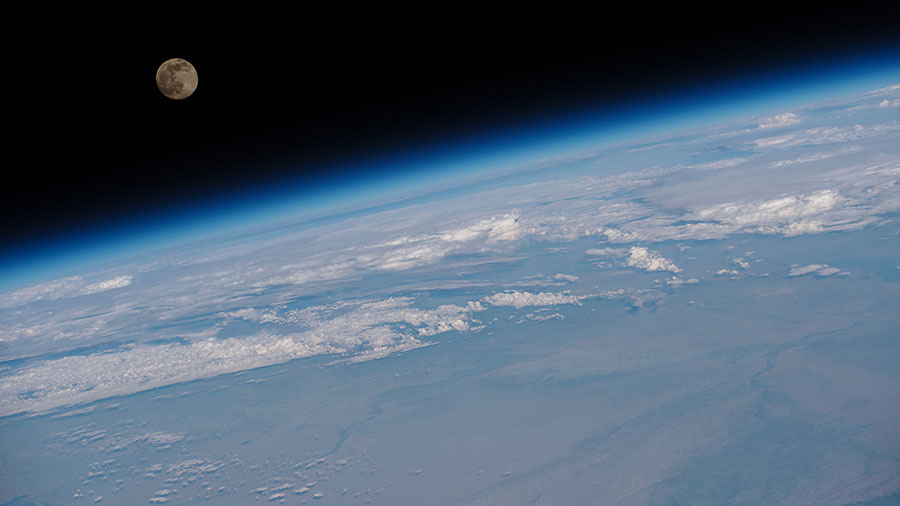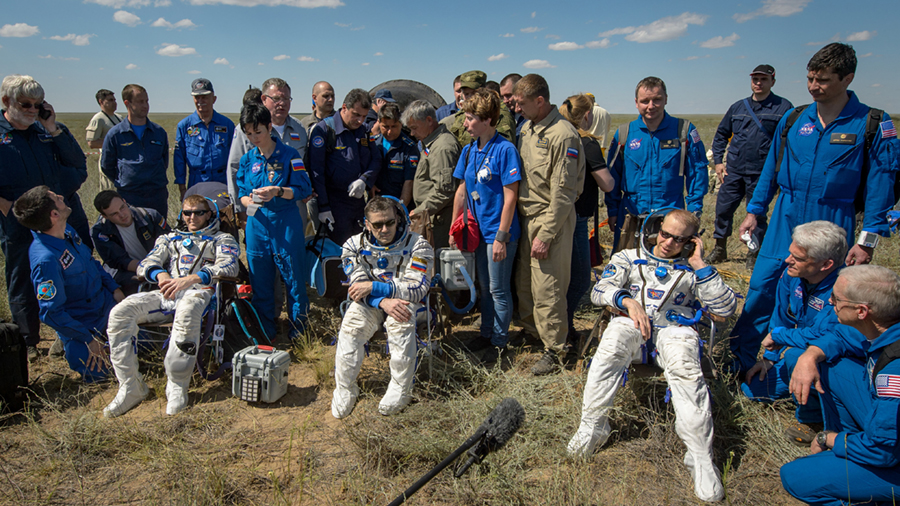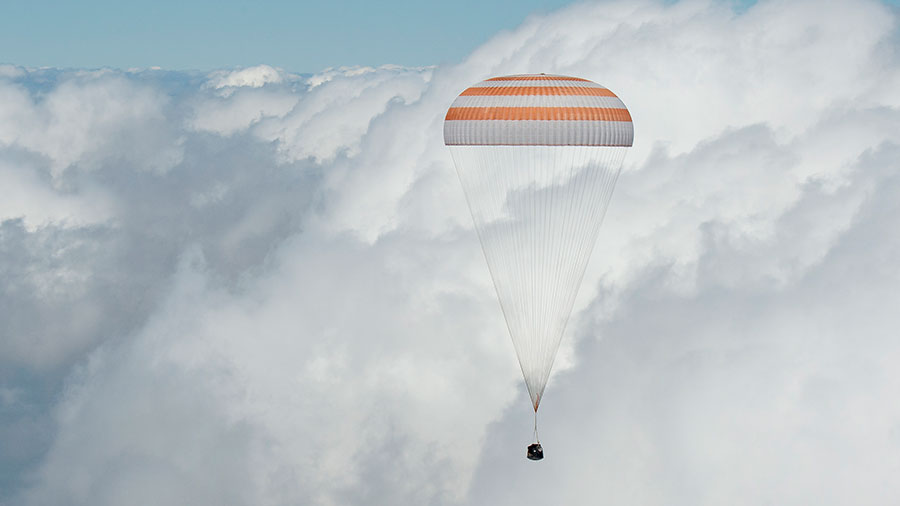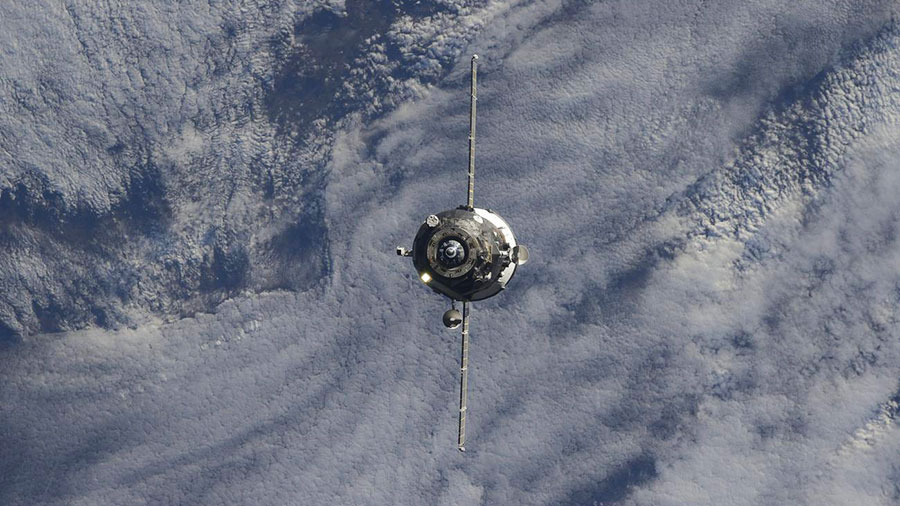
Two cosmonauts are resting today before they test a new system by flying a cargo ship back to its port early Friday. Commander Jeff Williams spent the morning testing a pair of free-floating satellites known as SPHERES.
Flight Engineers Oleg Skripochka and Alexey Ovchinin will test a new telerobotically operated rendezvous system also called the TORU. The duo will use the TORU to manually guide the Progress 62 cargo ship back to the Pirs docking port after it undocks Friday at 1:36 a.m. EDT. The redocking maneuver is planned to take 34 minutes and will be broadcast live on NASA TV beginning at 1:15 a.m.
Williams cleaned the battery compartments of the SPHERES satellites and searched for the source of ultrasound noise affecting their performance. The tiny satellites are the size of bowling balls and are operated inside the space station to test formation flying techniques, control algorithms and other technology demonstrations. Middle school students on the ground also compete to test their satellite control algorithms using the SPHERES as part of the Zero Robotics competition.

